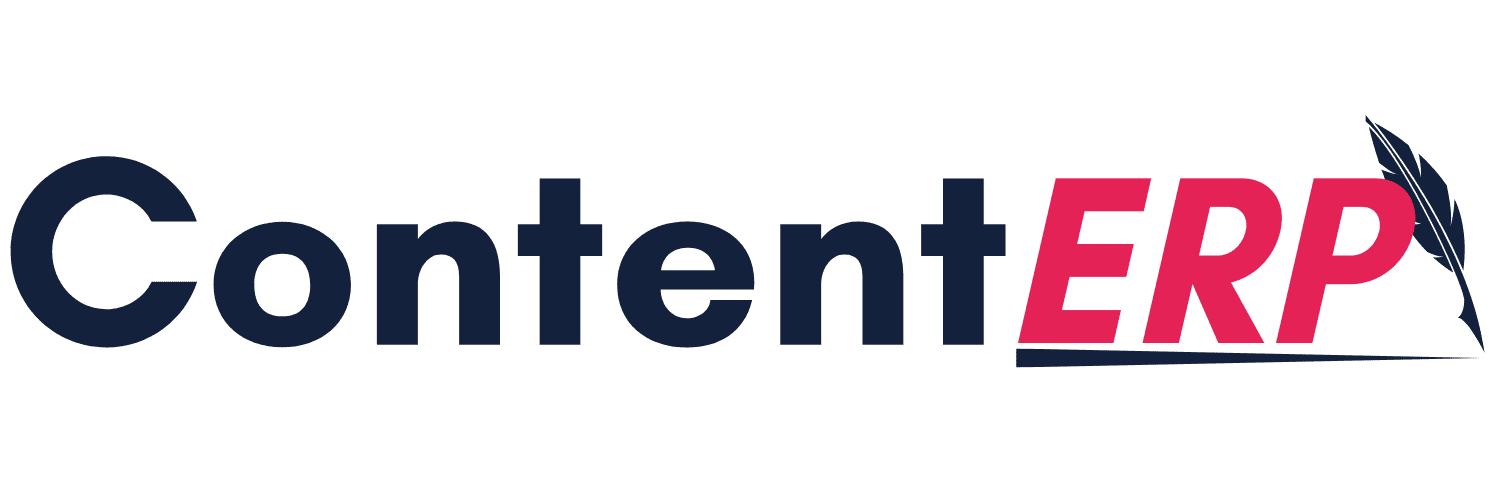How to Start a Content Writing Agency
Start by examining industries and online communities to pinpoint where quality writing is in short supply but demand is rising, such as niche blogs, small business websites, or specialized e-commerce platforms. Use tools like Google Trends for topic interest, keyword research platforms for search volume and competition, competitor audits for pricing and service gaps, and direct surveys or social media polls to capture client pain points. Summarize these insights in a simple chart comparing audience size, budget ranges, and content types so you can choose a profitable niche and tailor your services effectively.
1. Research the Content Writing Market
Develop a clear picture of where content demand is headed by following industry reports, social media buzz, and direct feedback from potential clients to uncover their evolving needs. Compare competitor portfolios to spot unaddressed niches—maybe no one’s offering localized guides or explainer videos in your area—so you can tailor your unique services. Finally, analyze competitor pricing tiers and package details to position your own rates attractively and avoid undercutting or overpricing yourself.
2. Define Your Niche and Service Offerings
Begin by pinpointing a specialization—SEO-focused articles, technical manuals, or another niche—so you can target the right clients with expertise. Next, map out your core offerings, whether that’s blog posts, in-depth white papers, or punchy social media copy, and clarify the scope, process, and deliverables for each. Finally, define what sets you apart—rapid turnarounds, deep subject-matter knowledge, personalized strategy, or data-driven insights—to create a compelling value proposition that speaks directly to client needs.
3. Build Your Team and Resources
Start by assembling a team of writers, editors, and project managers whose skills align with your content goals, making sure each role has clear responsibilities. Then deploy a content management system and collaboration tools that support version control, task tracking, and real-time communication so nothing falls through the cracks. Finally, craft a detailed style guide and workflow templates to standardize tone, formatting, and approval processes, speeding up production and maintaining consistency.
4. Develop a Business Plan and Pricing Strategy
Begin by mapping short-term targets—like securing your first clients or hitting a monthly income goal—and long-term ambitions such as expanding service offerings or building a support team, so you always know your direction and can adjust tactics. Choose a pricing strategy—per word for straightforward tasks, hourly for complex work, or a retainer for ongoing support—that balances client expectations with your revenue needs. Finally, forecast revenue by applying your rates to anticipated workload, then allocate budgets for marketing, key software tools, and daily operations to keep growth on a solid footing.
5. Establish Your Online Presence
Build a polished website that features your best samples, client testimonials, and clear contact details, making a strong first impression on visitors. Perform keyword research to infuse search-friendly terms into titles, headings, and meta descriptions, boosting your visibility on search engines. Set up and maintain business profiles on key social platforms and start a content blog with consistent posts on industry topics, tips, and project highlights to engage your audience and drive traffic.
6. Market Your Agency and Acquire Clients
Use targeted email campaigns showcasing relevant case studies, run sponsored social media ads to reach decision-makers, and tap into personal and virtual networking to forge connections. Offer complimentary website performance audits or small-scale trial projects to demonstrate expertise and lower risk for prospects, turning hesitant leads into loyal clients. Regularly attend key industry conferences, join local and online professional groups, and contribute thought leadership content to establish credibility and access new referral channels.
7. Manage Projects and Ensure Quality
A clear editorial and approval process helps ensure consistency and accountability by defining roles, checkpoints, and version control standards. Leveraging project management tools such as Asana or Trello makes it easy to assign tasks, set milestones, and monitor progress against deadlines in real time. Regularly soliciting stakeholder feedback through structured reviews and using that input to iterate on drafts ensures each deliverable meets quality expectations and adapts to changing requirements.
Conclusion
By diligently conducting market analysis, defining your service offerings, assembling a skilled team, and establishing efficient operations, you create a strong foundation for your content writing agency. From building an online presence and launching targeted marketing campaigns to implementing consistent quality checks, each step ensures you attract the right clients and maintain high standards. Now it’s time to transform this roadmap into real-world progress—set your plans in motion, monitor performance, and adjust your strategy to fuel sustainable growth.
